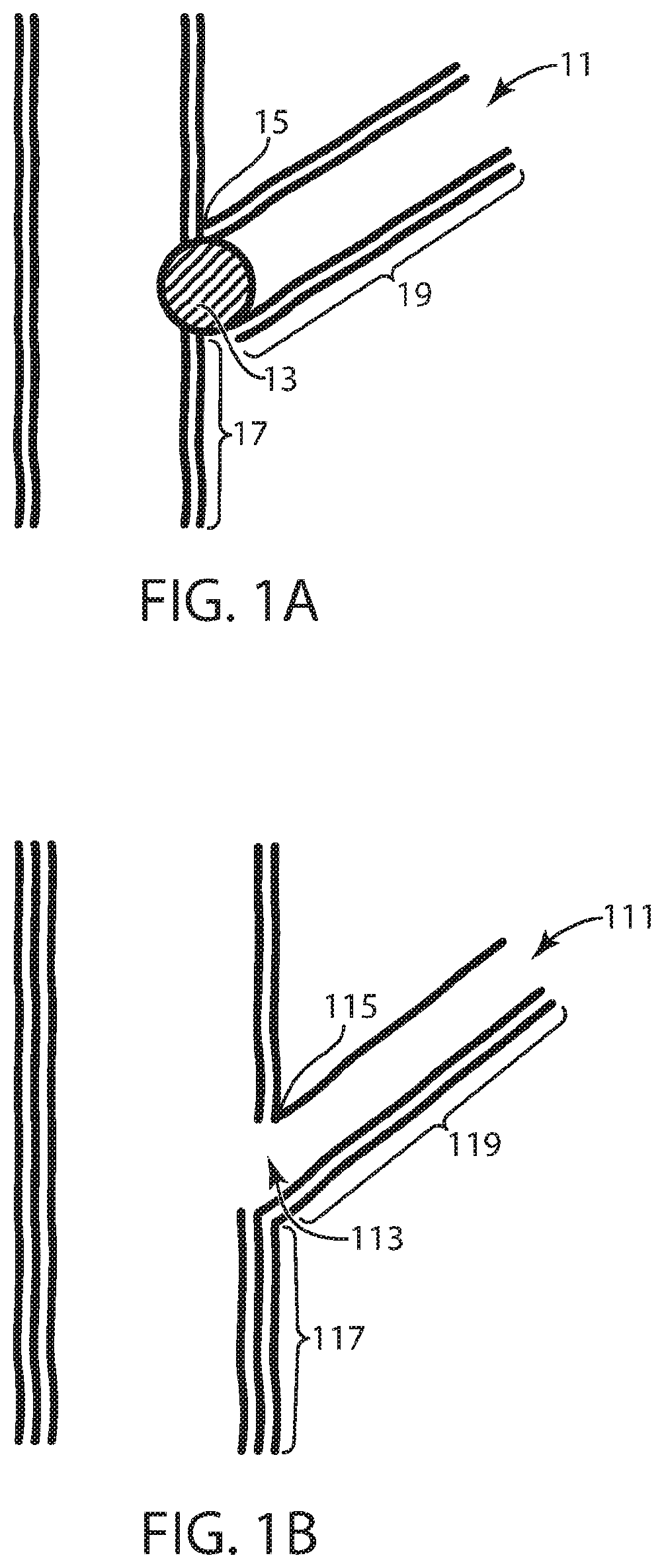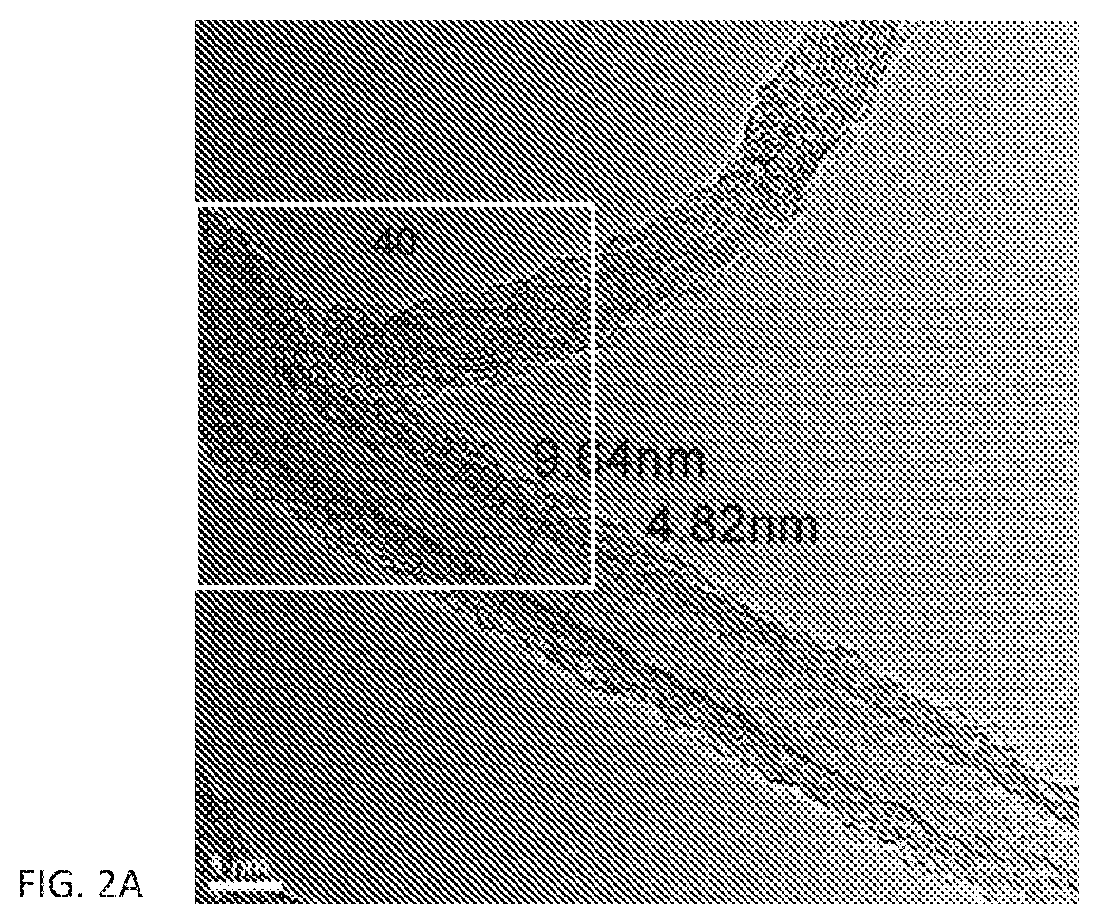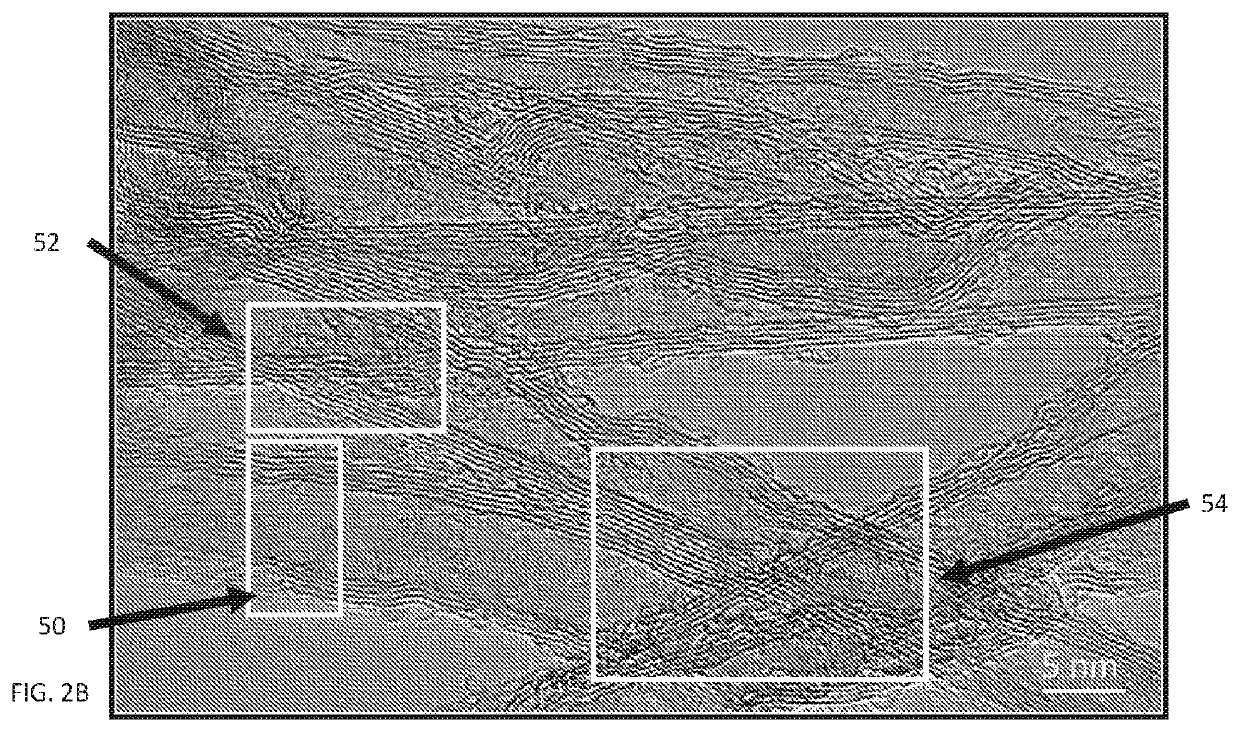Cathode electrode compositions for battery applications
a technology of cathode electrodes and battery electrodes, which is applied in the direction of electrochemical generators, cell components, impregnation manufacturing, etc., can solve the problems of battery failure, negative influence on certain performance characteristics of batteries, and limited dispersion in some media, so as to avoid battery failure, improve performance, and reduce electrical conductivity
- Summary
- Abstract
- Description
- Claims
- Application Information
AI Technical Summary
Benefits of technology
Problems solved by technology
Method used
Image
Examples
example 1
rsion in NMP
[0152]A 0.375% CNS dispersion was prepared in N-methylpyrrolidone (NMP) using a 3 wt. % CNS material coated with a water-soluble polyurethane sizing (PU-coated CNS). The appropriate amount of NMP (99.625% of formulation) was massed into a jacked beaker and brought to a nanoenclosure in secondary containment. The appropriate amount of PU-coated CNS pellets (0.375%) was added to the NMP and incorporated into the solvent. The PU polymer coating on the pellets was ignored in the calculation as it was a very small percentage of the total formulation, namely 0.02% by weight. This mixture was covered and brought back to the lab in a secondary containment. The jacked vessel was connected to the chilled water to prevent excessive heat buildup during processing. The mixture was stirred with a standard overhead mixer while a sonication probe was used to deliver 0.5 kJ / g of energy to the mixture. Sonication duration was 10 min for a 200 g batch size. The vessel was then transferred ...
example 2
Preparation
[0153]Formulations were made at 0.25%, 0.5%, 1.0% and 1.5% CNS, with 1.5% PVDF binder (Arkema Kynar HSV900). The active material was NCM111, Li1+x(Ni0.33Co0.33Mn0.33)1-xO2 (7 micron D50), supplied by BASF TODA Battery Materials LLC and having a mass median diameter (D50) of 7 microns. Slurries were prepared by weighing the appropriate amounts of CNS dispersion, PVDF binder solution (pre-dissolved at 10 wt. % in NMP), NCM111 powder and NMP. Final total solids loadings achieved to generate adequate slurry viscosity for coating are listed on Table 4. Electrode slurries were mixed in one step using a SPEX800 mill for 30 minutes and two zirconia media.
TABLE 4CNS LoadingTotal solids of paste0.25%56% 0.5%41% 1.0%26% 1.5%20%
[0154]The electrode slurries were coated on aluminum foils using an automated doctor blade coater (Model MSK-AFA-III from MTI Corp.). The NMP was evaporated for 20 minutes in a convection oven set at 80° C. Electrodes pastes were coated at dry electrode loadin...
example 3
s Resistance
[0155]Sheet resistance of coated electrodes was measured with a Lucas Lab 302 four-probe stand and an SP4 probe head connected to the rear of a Keithley 2410C source meter. Measurements were performed in a two-wire configuration mode because it was found that four-wire measurements led to a strong contribution of substrate conductivity. The reported values are direct ohm readings from the instrument, at a current of 0.1 milliampere (mA), and a cathode calendered density of 2.8 g / cc. All cathodes tested herein were of the same thickness.
[0156]FIG. 4 depicts the resistance obtained from the cathode (active material: lithiated nickel cobalt manganese NCM111; binder: Arkema Kynar HSV-900) sheet on a plastic sheet, e.g., Mylar™ brand, or aluminum foils made with CNS with loading from 0.25 wt % to 1.5 wt %. Resistance of cathode sheets made with 2 wt % and 4 wt % carbon black particles having the properties of specification III in Table 3 are also shown. It is found that 0.5 w...
PUM
 Login to View More
Login to View More Abstract
Description
Claims
Application Information
 Login to View More
Login to View More - R&D
- Intellectual Property
- Life Sciences
- Materials
- Tech Scout
- Unparalleled Data Quality
- Higher Quality Content
- 60% Fewer Hallucinations
Browse by: Latest US Patents, China's latest patents, Technical Efficacy Thesaurus, Application Domain, Technology Topic, Popular Technical Reports.
© 2025 PatSnap. All rights reserved.Legal|Privacy policy|Modern Slavery Act Transparency Statement|Sitemap|About US| Contact US: help@patsnap.com



